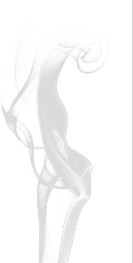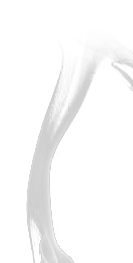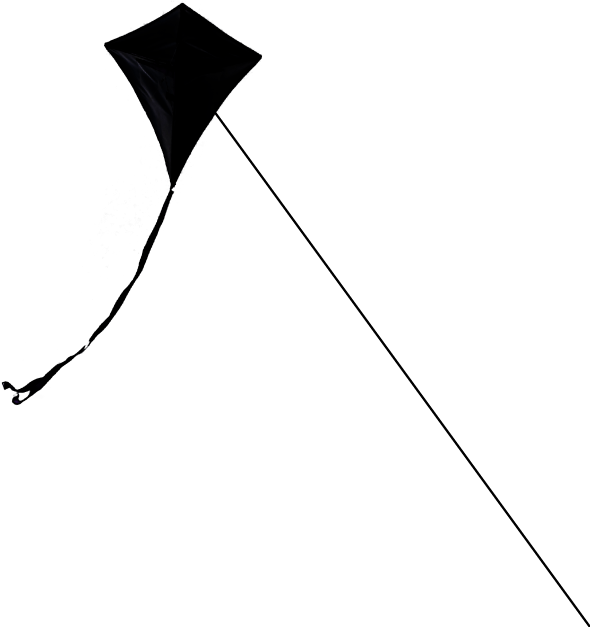Bill de Kooning, Subway Sandwich Artist
I had the pleasure to have once worked with, well, let’s be honest, work near the inimitable sandwich artist Bill de Kooning. As the old axiom goes, “Those who can’t do, teach.” I’ve always hated that expression, but here I am, teaching snot-nosed RISD grads the ins-and-outs of basic composition at the Subway® training facility in Milford, Conn. But for one brief, magical period, I was at de Kooning’s side at the 10th Street Subway®, chopping vegetables, cleaning the head and “training” another infestation of sandwich artists, champing at the bit to make their names. We know of de Kooning’s life away from the sandwiches (the booze, the women, his misguided phobia of The Hamburglar, etc.), but what of the work? Well, I’ll tell you. I was there.
Cold Cut Combo (6”)
One of de Kooning’s earliest efforts, this piece, using a 9-Grain Wheat Bread canvas with extra banana peppers and no mayo, traverses the haunting corridor of the Dutchman’s exacting illusionism and insinuation—so subtle as to be almost imperceptible, thanks to the maniacal application of honey dijon that buoys the piece. The volatile spirit of de Kooning`s previous work suggests that this particular sandwich stems from the art of struggle, that its source is both excruciating and personal, based on feeling rather than intellect, and clearly stemming from a traumatic event in the artist’s early life. Indeed, as a young apprentice in Rotterdam, de Kooning once told me that his mother (his family too poor even to afford the requisite Dutch clogs), would lather his feet in mustard as a frugal substitute for footwear. The artist's inclusion of a chocolate chip cookie and Sun Chips (but no soda) tends to flummox the casual viewer, although upon closer inspection, a direct line between de Kooning and Cezanne’s earlier work with oats is patently obvious.
Meatball Marinara (12”)
Bill’s first large scale piece is a wonder of form and function. The meatballs repose in haunting Teutonic pairs. A daring arrangement of shredded lettuce (auguring his later, more violent work in response to the Knicks’ fledgling perimeter game) casts dim shadows over the provocative testicular orbs. At the time, the art world was fiercely divided over de Kooning’s peculiar exclusion of bread—some critics owing the omission to the artist’s acute alcoholism, others to Piet Mondrian’s suggestion to the young de Kooning that “carbohydrates have no place in the realm of art.” Peggy Guggenheim herself recognized the audacious sandwich as groundbreaking, although the heiress did ask to see our manager and demanded her money back. She did, however, grant that this "atrocity of pure protein invites comparison with Beurre de Cacahouète Period Picasso.”
Self-Portrait with Cucumbers and Imaginary Brother (6’2”)
With his stunning divorce from conventional sandwich art, de Kooning firmly established himself as the dernier criin the abstract medium, earning respect from his peers (Yves Klein claimed the work “blasts a wide aperture in the prescriptive vision of contemporary art, although some Black Forest ham would have been nice"), but censure from our young and relentlessly ambitious regional manager, Rob. The cucumbers make us both hungry and uncomfortable by virtue of their crisp yet slippery ebullience. However, they have been eponymously pickled, and what’s more, infected with cucumber mosaic virus (CMV), giving the life-sized gustatory masterpiece an unchecked, mottled autonomy and a faint bouquet of bat guano. Now, what of this “imaginary brother”? Some would argue that the elusive kin inhabits the negative space between the cucumber molecules, living in the formidable ether of modernity, while others suggest the slipshod inclusion of a Genoa salami slice protruding from the swollen accumulation of vegetables represents the de Kooning family’s three-legged shoat, Eberrich, who Bill grew up believing was his brother (this belief encouraged by de Kooning’s actual imaginary brother, Ulderijk), until, to de Kooning’s horror, the piglet wound up on the dinner table—the centerpiece of the destitute de Kooning family’s Pentecostal holiday feast.
Excavation (6’ X 8’)
The most daring of de Kooning’s works, some have characterized this mammoth canvas as so far removed from anything heretofore seen in the art world as, not to be “art” at all (in the sandwich sense). Consisting of every meat, condiment, dessert and discounted breakfast item behind Subway®’s sneeze guard, de Kooning’s Excavation creates a metamorphoses of nutrient-enriched forms culminating in a unified, providential, and effectively infinite opus. Is that a congress of nymphs frolicking amidst a primordial conflagration—a rumination on the frenzied preconscious—a demonstration of the radical paradigm shift ushered in by Cubism? Or is this sadistic jumble of tomatoes, BBQ sauce and tuna salad something you’d really want catered for a companywide team-building lunch/seminar in Central Park, an event that might provide your franchise with substantial ad revenue? To the latter, a resounding “no.” Excavation would be de Kooning’s last “sandwich” exhibited at the Subway® Gallery on East 10th. Our manager, Rob Rauschenberg, had de Kooning forcibly thrown out by my pimpled trainees, Jasper and Cy, hissing at de Kooning as the artist scrambled to pick up a few remaining canvases of white bread, “In the gap between art and life, there is no room for black olives.”
Postscript:
Promoted to regional manager after de Kooning’s violent dismissal, Rauschenberg, in a move bold in depth and Draconian in vision, executed something critics likened to a symbolic act of stylistic murder. The brash new manager came upon one of de Kooning’s earlier works out by the dumpster, a dense sketch full of low-cal ranch, oil/vinegar and Philly cheese steak, and he ate it. Eaten de Kooning divided the art world, à tout le monde either desperate for a piece of an upstart wunderkind (as ethereal and seemingly non-existent if not imminently digestible as the piece may have been) or just hungry for a goddamn sandwich.
The last time I saw de Kooning he appeared to have crawled back into some devastated chrysalis. He was silent, beyond morose, flipping hamburgers and arranging displays of withered lettuce and “special sauce” into tawdry Big Mac® still lifes he’d then toss into the fryer with insouciance ; his eye, the pineal eye essential to every artist, would dart away from the art, nervously scanning the McDonalds®’ dining area for any sign of The Hamburglar.
Described as an "up-and-coming humorist" by Esquire, Tyler Stoddard Smith's works have been featured in: The McSweeney's Joke Book of Book Jokes, The Best American Fantasy, Esquire, Meridian, Opium, Pindeldyboz, Identity Theory, Yankee Pot Roast, Word Riot, Barrellhouse, Monkeybicycle, Johnny America and McSweeney's, among others. He is also a regular contributor at The Nervous Breakdown and associate editor of the online humor site, The Big Jewel. Visit his website at http://tylerstoddardsmith.wordpress.com/







